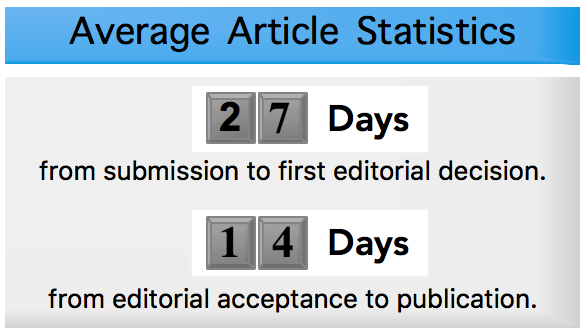Downloads
Abstract
Evergreen vegetation plays an important role in ecosystem services such as carbon sequestration, climate regulation, biodiversity conservation, and water protection in mountainous and midland areas. Therefore, updated information on the spatial distribution of evergreen vegetation at local or global scales is crucial for the effective evaluation of forest ecosystem services. Currently, data on the area of evergreen vegetation is not widely published, so finding a simple and accurate method to quantify changes in the area of evergreen vegetation is essential to facilitate local management. This study proposed a method for monitoring the area of evergreen vegetation in Song Ma district (Son La province) using free optical satellite imagery. Evergreen vegetation is accurately classified from Landsat and Sentinel 2 multi-generational satellite images using the Normalized Difference Vegetation Index (NDVI) as a standard differentiation index. The analysis results show that during the period from 1973 to 2016, the evergreen vegetation cover decreased from 80% of the natural land area of the district in 1973 to 60% in 2016. Particularly, from 2016 - 2021, this was the period of the most severe forest area decline, with nearly 41,524 ha lost. The method presented in this study can become an effective tool in managing and monitoring forest resources in developing countries, where deforestation rates are always at an alarming level, and there is insufficient financial capacity to carry out large-scale inventory checks regularly.
Issue: Vol 7 No S1 (2023): Special issue: National Young Scientists Conference 2023
Page No.: 94-103
Published: Dec 31, 2024
Section: National Young Scientists Conference 2023
DOI: https://doi.org/10.32508/stdjns.v7iS1.1361
PDF = 88 times
Total = 88 times

 Open Access
Open Access 








